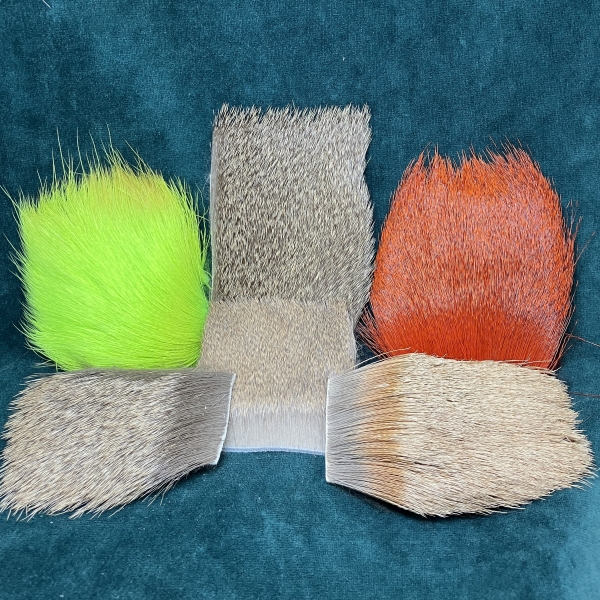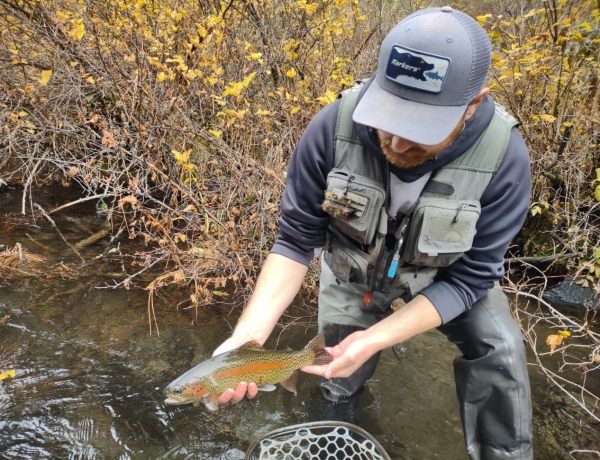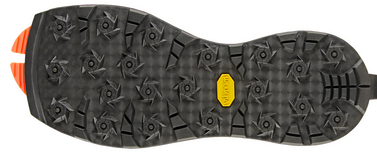Late April and early May is when the Deschutes canyon really wakes up from its muted winter appearance. Indian paintbrush, lupine, and other native plants begin blooming, speckling the landscape with color. Snakes wake up, and songbirds bring an audible brightness to the marshes and tules along the river. The air temperature gets warmer (usually) and you can fish later and later into the evening. Salmonflies and golden stones emerge out of the water and shed their nymphal shucks, becoming adults and crawling on to the long grasses on the banks of the river. This hatch is the crown jewel of dry fly opportunity in the west, and the lower Deschutes always has a fishable hatch.
The Angling
The dry fly fishing approach for large stoneflies is different than a typical dry fly hatch. For one, there are so many bugs and the fish are so attuned to them that once the fish key in, they can be caught at any time of day on a dry. You don't need to be at the river at any specific time, although low light conditions usually mean easier fishing. The ideal day would be high overcast and warm, with enough sporadic wind to knock bugs off course and into the water but not too much to make casting difficult. The bugs are almost always going to be on grass or trees right next to the bank. Casting very close to these areas will increase your numbers of fish caught. A good rule of thumb is to never step in to the water without making a cast. A 20 inch fish is only about 4 inches tall, so it can be in 5 inches of water without you knowing it. This can be very exciting, and being able to alter your casting angle to avoid obstacles is imperative, as well as feeding line out so you can drift a fly under an overhanging tree. The real bugs don't exactly fly gracefully either. Stopping your forward stroke short on the cast to make a "splat" on the water can trigger a strike more often than a delicate presentation. Larger tippets and shorter leaders can help turn big flies over in the wind when paired with fast action 5 or 6 weight rods. Covering lots of water is also a good idea, as opposed to focusing on one rising fish. If the fish wants to eat your stonefly, they will do it in the first couple of good drifts, usually the first. If not, it's in your best interest to keep fishing new water and find another fish. When the bugs have been out for a few weeks each fish in the river will be aware of them, and there are a lot of trout in the Deschutes.
The Entomology
Salmonflies are the first ones to emerge and get on the water, and golden stones are typically on the water about a week or so after them. Salmonflies are more active on the water than golden stones. Using large hackled dries such as the stimulator or Norm Wood special simulates that movement and those flies can certainly work better early on in the hatch. Later on, the goldens will last a bit longer than the salmonflies. At this point a less gaudy fly works better than a large bushy one, so switching to things like bullet head golden stones or a Clark's Stone can up your success rate. There are also emergence sites for the nymphs, or places that for whatever reason more bugs congregate to when they emerge than other spots. If you see a tree or two with noticeably more bugs than other trees, make a mental note because next year you can hit that spot early with nymphs since those emergence sites are typically consistent year in and year out.
Other Fishable Hatches
The Deschutes, Mckenzie, and north and middle forks of the Willamette all have typical salmonfly/golden stone emergences as described above. Their hatch timings are all a bit different, but the salmonfly --> golden stone sequence of emergence generally holds up the same on all those rivers. There are salmonflies and goldens in other more remote rivers, but you're going to have to figure that out on your own. The Metolius, as usual, is very different in the stonefly hatches that happen out there. There are almost no salmonflies, and none that really provide a consistently fishable hatch, but the golden stones are very prolific and can be very important even as dry flies. The goldens on the Metolius also come out around August, presumably because of the colder water and because it's the Metolius and it's always trying to make you feel silly. The Fall and Crooked rivers do not have a fishable hatch of either large stonefly species, since the gradient on both these rivers is low enough that there just aren't very many suitable riffles for large stoneflies. If you find a hatch of these bugs in a place not known for having them, fish it hard and don't tell anyone, because everyone will be there next year if you do.


